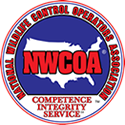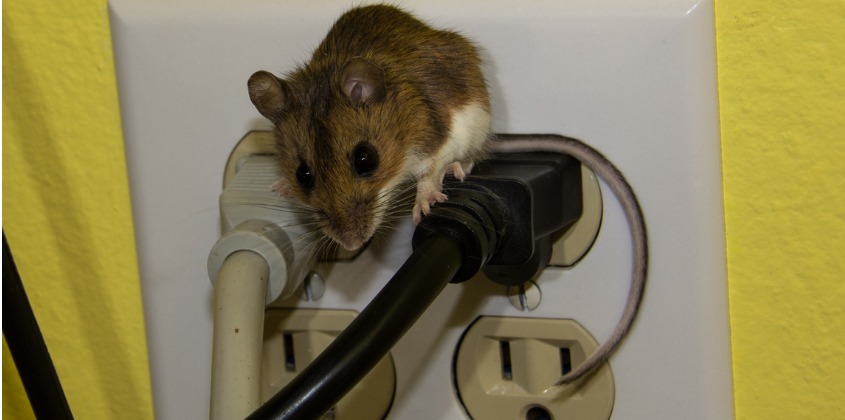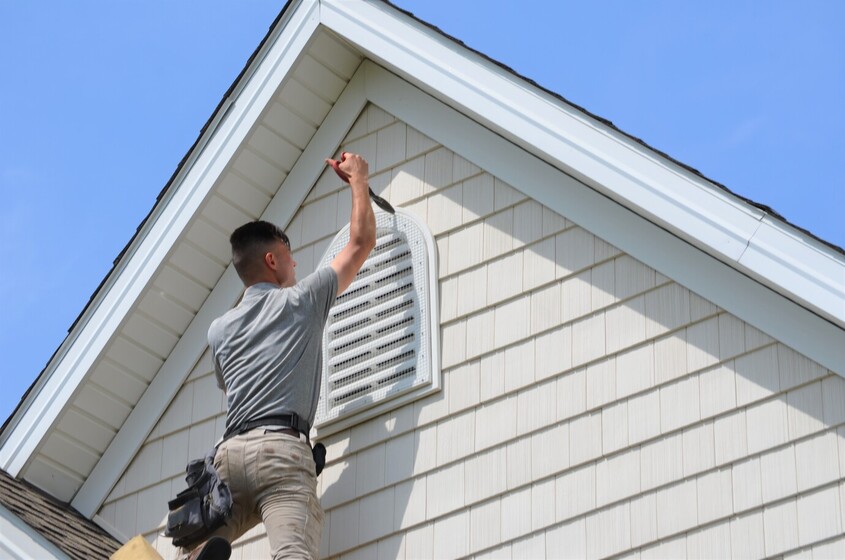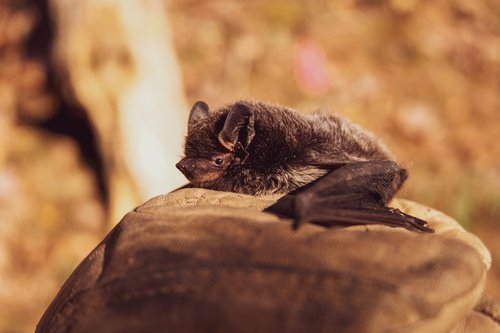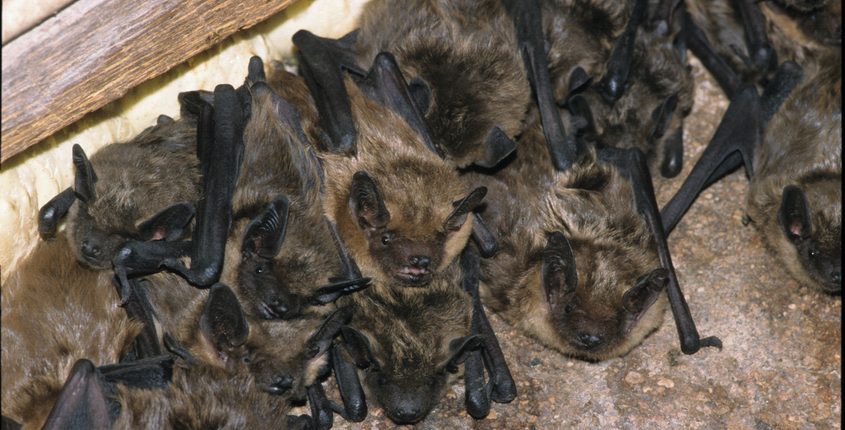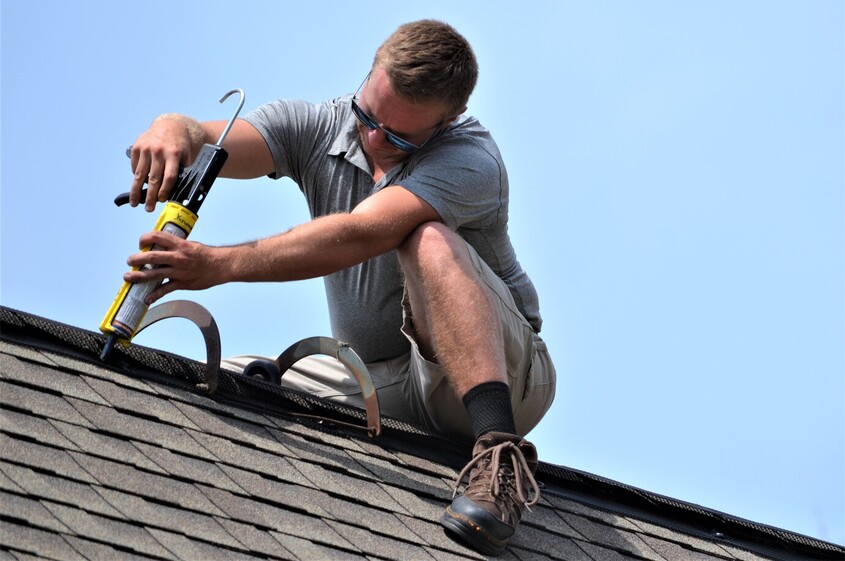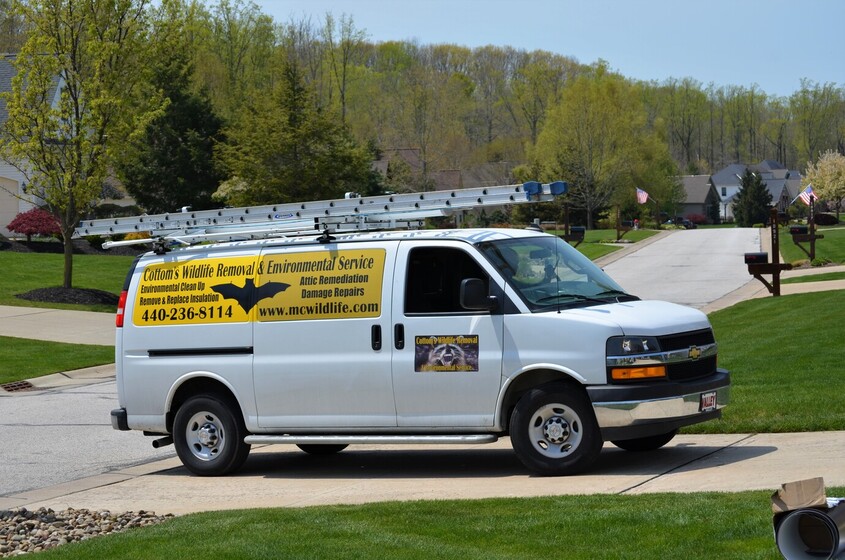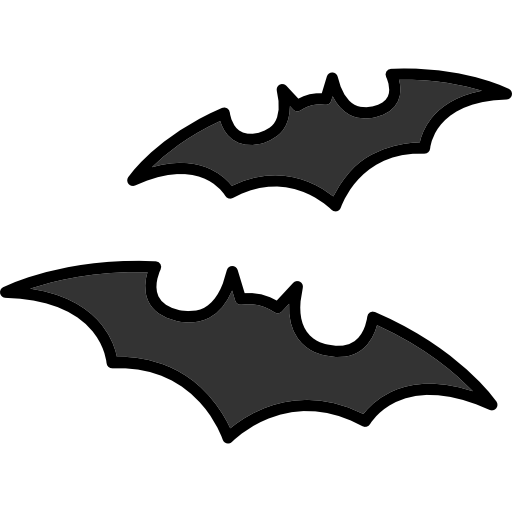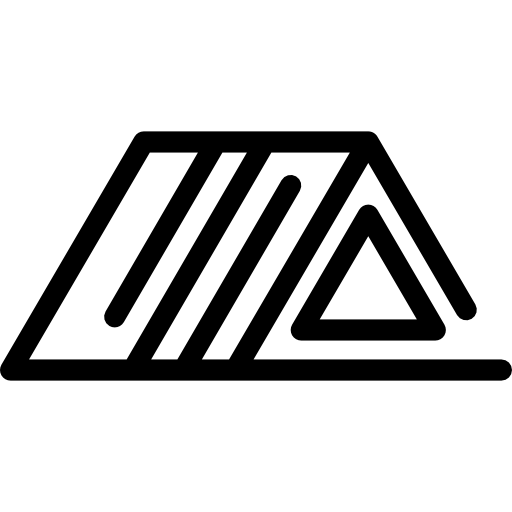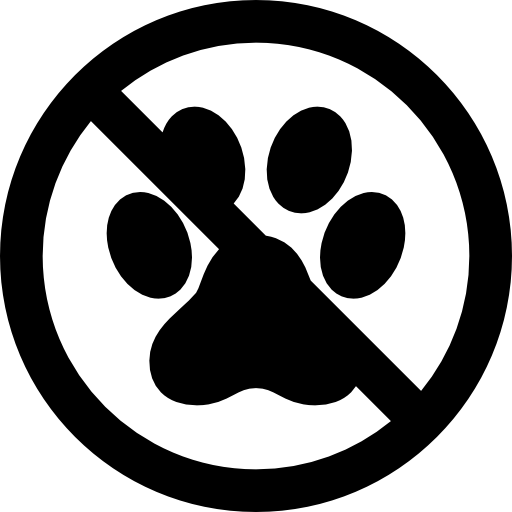Providing Animal Removal and Bat Removal in Ohio for Over 45 Years
Request a Quote
Or call our main office at (440) 236-8114 to schedule an estimate.
(No Cats or Dogs)
COTTOM’S WILDLIFE REMOVAL
Experts in Animal Removal in Ohio for over
45 Years
When you choose Cottom’s Wildlife Removal & Environmental Service, you’re choosing an expert team that is dedicated to ensuring the satisfaction of every client we serve.
Explore More
COTTOM’S WILDLIFE REMOVAL
You Got ‘Em? We Get ‘Em!
Bats
Removal, exclusion, damage repair, and guano cleanup.
Learn More
Raccoons
Removal and exclusion of raccoons from attics and living spaces.
Learn More
Squirrels
Removal and exclusion of squirrels from structural spaces.
Learn More
Mice
Removal and exclusion of mice from structural spaces.
Learn More
Attic Insulation
Removal, sanitization, and replacement of aticc insulation damaged by animals.
Learn More
Commercial Bird Netting
Removal and exclusion of birds and nests from high-ceiling commercial facilities.
Learn More
Animal Exclusion
Prevention of animal entry by sealing and protecting entry points made by wildlife.
Learn More
Damage Cleanup & Repair
Cleanup, sanitation, and repair of structural damage caused by wildlife presence.
Learn More
Our Solutions to Animal Entry
Hover over a point on our Solutions Guide to see what animals cause problems and how we solve them.
Our Solutions to Animal Entry
Tap a point on our Solutions Guide to see what animals cause problems and how we solve them.
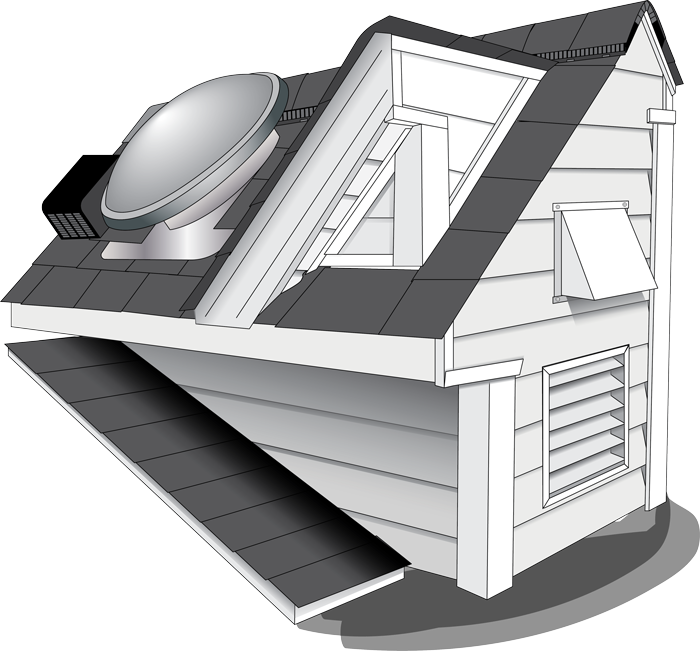
Roof Vent
Our Solution: Powder Coated Steel Animal Guard
Power Ventilator
Our Solution: Powder Coated Steel Animal Guard
Soffit Return
Our Solution: Custom Metal Flashing Animal Patch
Soffit Eyebrow
Our Solution: Custom Metal Flashing Animal Patch
Ridge Vent
Our Solution: Powder Coated Steel RidgeGuard Screen
Dryer Exhaust Vent
Our Solution: Metal Animal Guards
Attic Louvre Vent
Our Solution: Custom Galvanized Steel Screen
Siding Corner
Our Solution: Anti-Rust Packing and High Grade Sealant
Why Choose Cottom’s?
45+ Years of Experience
The team at Cottom’s Wildlife Removal has been trapping, removing, and excluding animals from Ohio residences for over 45 years. No one has more hands-on experience with the wildlife found in Ohio.
Family Owned & Operated
Cottom’s Wildlife Removal is a second-generation family owned business. Mike Cottom Sr. started Cottom’s Wildlife Removal in 1985. In 2021, Mike Cottom Jr. was appointed President of Cottom’s Wildlife Removal.
Together, along with a dedicated, trusted staff of certified animal removal technicians, the Cottoms have lead the way as Ohio’s go-to animal removal experts.
Experienced with Homeowners Insurance
Cottom’s Wildlife Removal has experience with every major homeowners insurance provider. We can work with your insurance to ensure you’re getting the most coverage possible for your particular animal removal situation.
The Contractor that Contractors Trust
When animal control experts in the state of Ohio have a job that is too big for their team or requires specialized animal removal practices, they call Cottom’s Wildlife Removal.
The trained, certified experts at Cottom’s have helped dozens of Ohio wildlife removal companies serve their customers. It’s a pleasure to work with our peers in the wildlife removal industry, and we welcome the opportunity!
Cottom’s Critter Corner
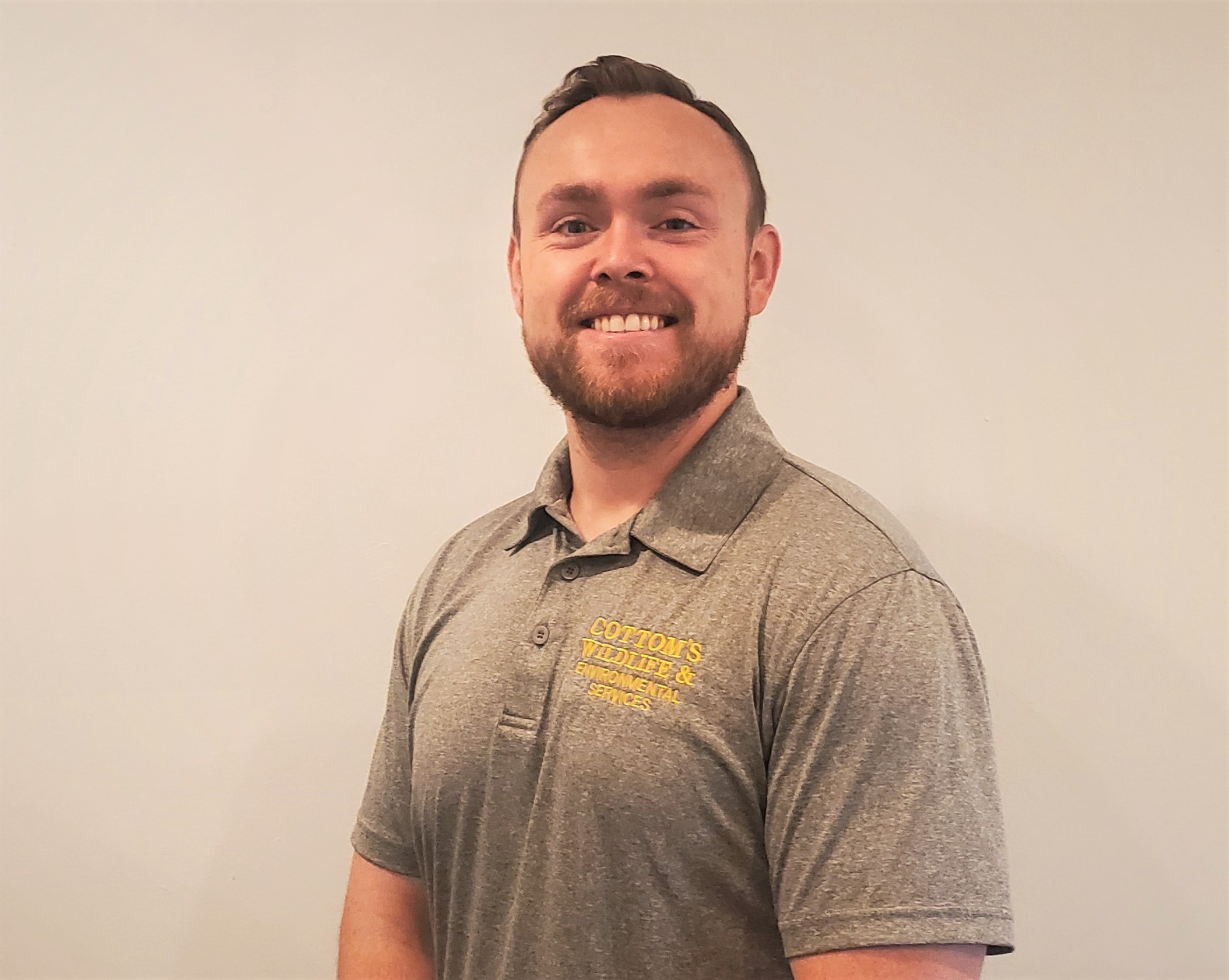
Hi, I’m Mike Cottom Jr.
Finding critters in your home isn’t just a nuisance. It can be unsettling, confusing, and frustrating. As a wildlife removal professional, I know how troubling it can be to feel that your home has been invaded by animals, especially if you’re not sure how they got there or what it means for your family.
Bringing peace-of-mind is an important part of my work, so I always want to leave customers feeling confident and informed. It puts people at ease when I take the time to separate from fiction, explaining the problem and my plan.
I am excited to share this information with homeowners and animal removal professionals alike in a new way through Cottom’s Critter Corner. This series will be a forum for me to share the knowledge I’ve developed in my years of on-the-ground experience in wildlife removal and home restoration. You can expect posts on the biggest topics on property owners’ minds in the world of human-wildlife conflicts.
Read More
COTTOM’S WILDLIFE REMOVAL
Our Wildlife Removal Experts
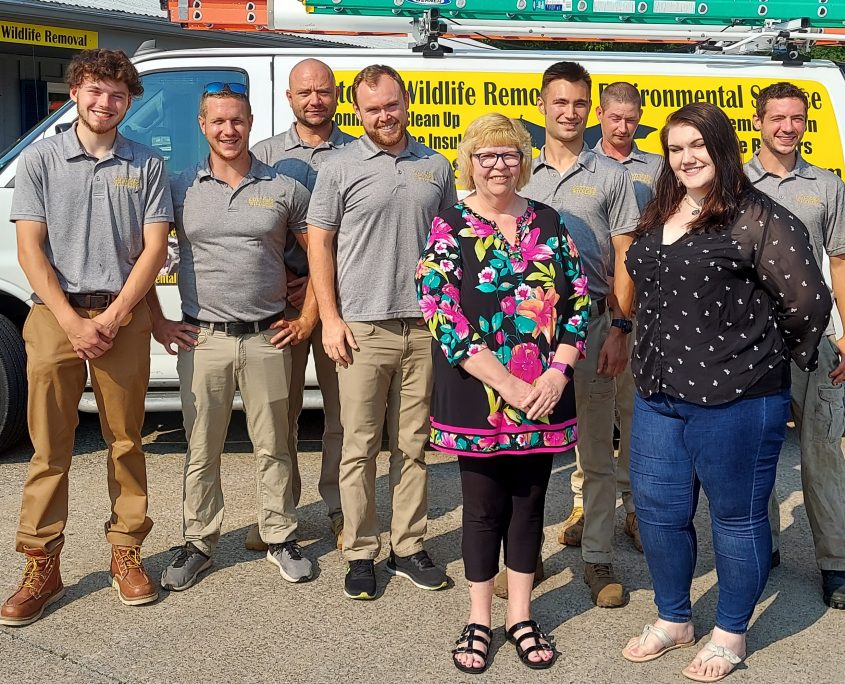
COTTOM'S WILDLIFE REMOVAL

